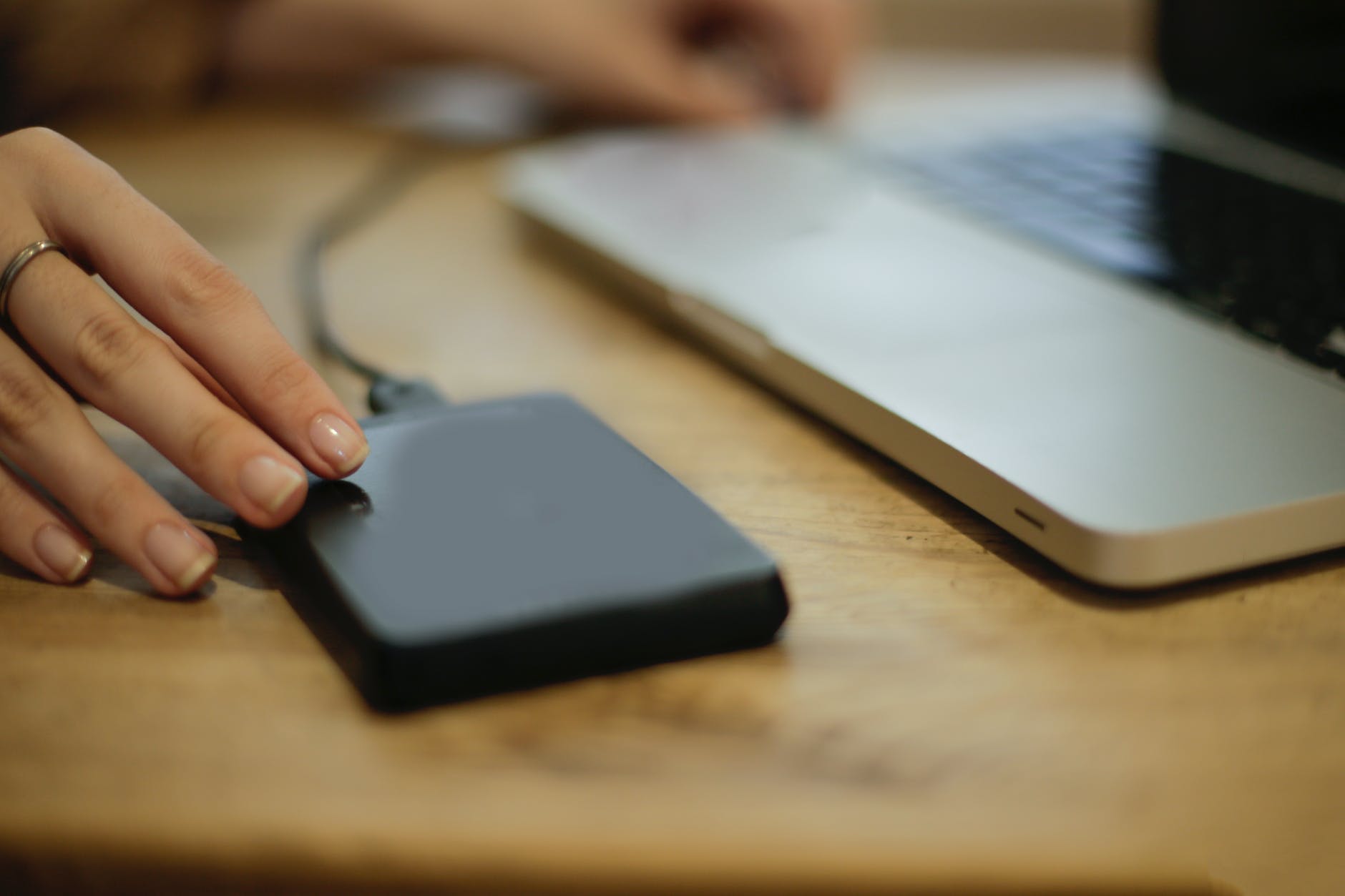
Monitor and Manage Your Portable Power Station’s Energy Usage
Portable power stations have become increasingly popular as reliable sources of energy for various outdoor activities, emergencies, and even as backup power solutions. These versatile devices provide a convenient way to access electricity on the go. However, it’s essential to monitor and manage the energy usage of your portable power station effectively to ensure optimal performance and prolong its lifespan.
In this article, we will explore some useful tips and techniques for monitoring and managing the energy usage of your portable power station.
Understanding Portable Power Stations
Portable power stations, also known as solar generators or battery generators, are compact and portable devices that store electrical energy for later use. They typically consist of a high-capacity battery, power input/output ports, an inverter, and charging components. Portable power stations can be charged through various methods, including solar panels, AC power outlets, or a vehicle’s DC power outlet.
Importance of Monitoring Energy Usage
Monitoring the energy usage of your portable power station serves several purposes. Firstly, it allows you to track how much energy your devices consume, helping you manage your power supply efficiently. It also enables you to identify power-hungry devices and adjust their usage accordingly. Additionally, monitoring energy usage can help you estimate the runtime of your power station and avoid unexpected power shortages.
How to Monitor Energy Usage
Built-in Display
Many portable power stations feature a built-in display that provides real-time information about energy usage. The display shows essential details such as battery level, input/output power, and remaining runtime. By regularly checking the display, you can stay informed about your power station’s energy consumption and take appropriate actions.
Mobile Apps
Some portable power stations offer companion mobile apps that connect to the device via Bluetooth or Wi-Fi. These apps provide more detailed insights into energy usage, allowing you to monitor and control the power station remotely. You can view real-time data, customize power settings, and receive notifications about battery status on your smartphone.
Third-Party Energy Monitoring Devices
If your portable power station doesn’t have a built-in display or a dedicated mobile app, you can still monitor its energy usage using third-party energy monitoring devices. These devices typically work by connecting to the power station’s output ports and measuring the electrical current flowing through them. By utilizing such monitoring tools, you can keep track of energy consumption even without integrated monitoring features.
Tips for Managing Energy Usage
To optimize the energy usage of your portable power station, consider the following tips:
Optimize Charging and Discharging Cycles
Follow the manufacturer’s recommendations regarding charging and discharging cycles. Avoid partial charges or discharges, as they can lead to reduced battery capacity over time. Opt for complete cycles whenever possible, charging the power station to its maximum capacity and discharging it to a reasonable level before recharging.
Utilize Energy-Saving Features
Some portable power stations offer energy-saving features such as eco-mode or low-power mode. Activating these modes reduces unnecessary power consumption and prolongs the runtime of your devices. Make use of these features when applicable to maximize efficiency.
Consider Power Priorities
When connecting multiple devices to your portable power station, prioritize their power usage based on importance. For example, during a camping trip, you may prioritize charging essential devices like lights, a refrigerator, or medical equipment over less critical devices. By managing power priorities, you can ensure the availability of power for essential functions.
Minimize Standby Power Consumption
Devices connected to your portable power station may consume power even when in standby mode. To minimize standby power consumption, unplug devices that are not in use or utilize power strips with individual switches to completely cut off power supply to idle devices.
Be Mindful of Connected Devices
Different devices have varying power requirements. Before connecting a device to your portable power station, check its power rating and ensure it falls within the power station’s capabilities. Overloading the power station can lead to inefficiency and potential damage to both the power station and connected devices.
Extending Battery Life
To extend the battery life of your portable power station, follow these recommendations:
Proper Storage and Maintenance
Store your power station in a cool, dry place away from direct sunlight and extreme temperatures. Ensure the power station is clean and free from dust or debris. Regularly inspect and clean the input/output ports to maintain optimal performance.
Avoid Overcharging and Over Discharging
Overcharging or over discharging the battery can reduce its overall capacity and lifespan. Follow the manufacturer’s guidelines regarding charging levels and avoid leaving the power station connected to a power source for an extended period. Similarly, avoid discharging the battery to extremely low levels, as it can lead to irreversible damage.
Regular Usage and Maintenance
To keep the battery healthy, utilize your portable power station regularly. Regular usage helps maintain the battery’s charge-holding capacity and prevents it from deteriorating due to long periods of inactivity. Additionally, perform routine maintenance tasks recommended by the manufacturer, such as firmware updates, to ensure optimal performance.
Conclusion
Monitoring and managing the energy usage of your portable power station is vital for maximizing its efficiency and lifespan. By following the tips outlined in this article, you can ensure optimal performance, prolong battery life, and enjoy uninterrupted access to portable power whenever you need it.





